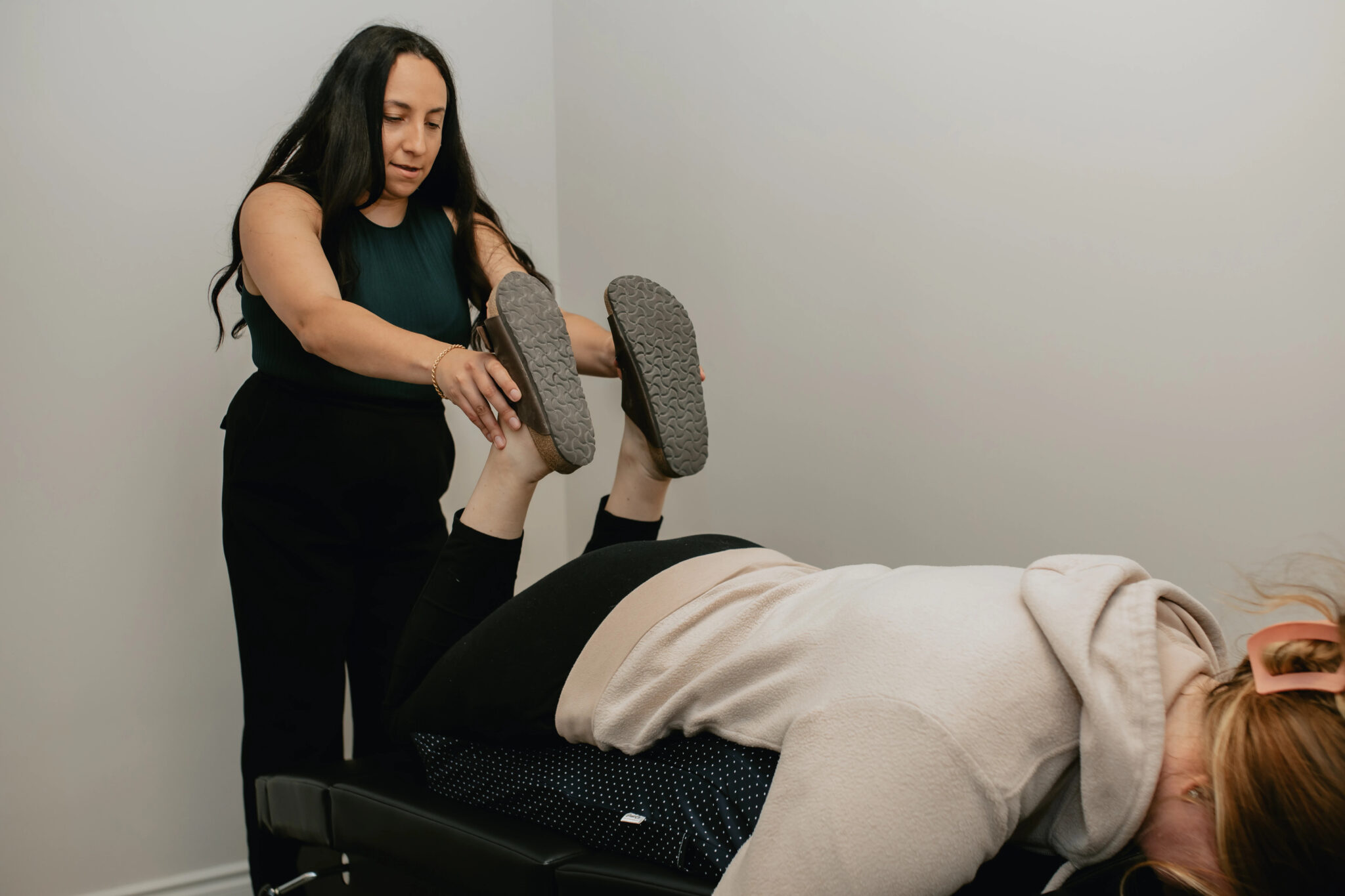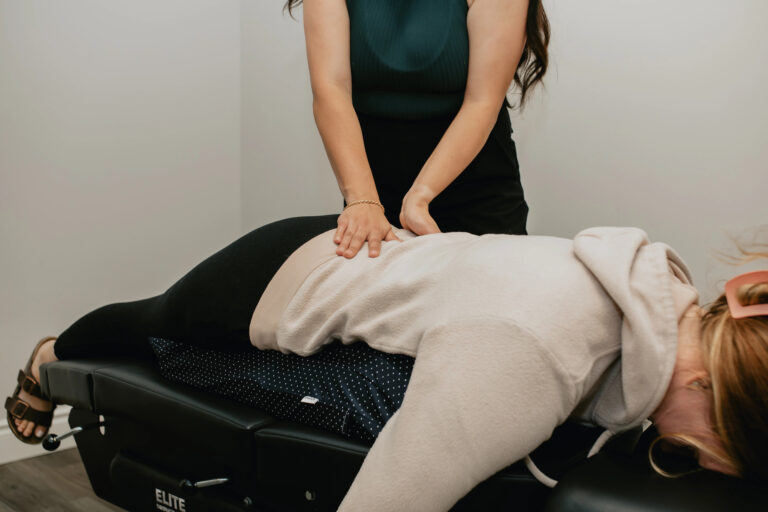Chiropractic Care For Athletes to Maintaining Performance
How Chiropractic Care for Athletes Can Enhance Performance and Prevent Injuries: Unlocking Your Athletic Potential In the competitive world of sports, athletes constantly seek ways to enhance their performance and prevent injuries that could sideline their careers. Chiropractic care has emerged as a crucial component in achieving these goals, offering a natural, non-invasive approach to


